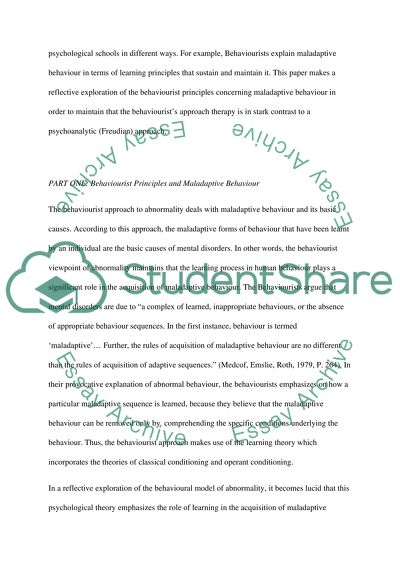Cite this document
(“Behaviourists explain maladaptive behaviour in terms of learning Essay”, n.d.)
Retrieved from https://studentshare.org/environmental-studies/1407117-behaviourists-explain-maladaptive-behaviour-in
Retrieved from https://studentshare.org/environmental-studies/1407117-behaviourists-explain-maladaptive-behaviour-in
(Behaviourists Explain Maladaptive Behaviour in Terms of Learning Essay)
https://studentshare.org/environmental-studies/1407117-behaviourists-explain-maladaptive-behaviour-in.
https://studentshare.org/environmental-studies/1407117-behaviourists-explain-maladaptive-behaviour-in.
“Behaviourists Explain Maladaptive Behaviour in Terms of Learning Essay”, n.d. https://studentshare.org/environmental-studies/1407117-behaviourists-explain-maladaptive-behaviour-in.


